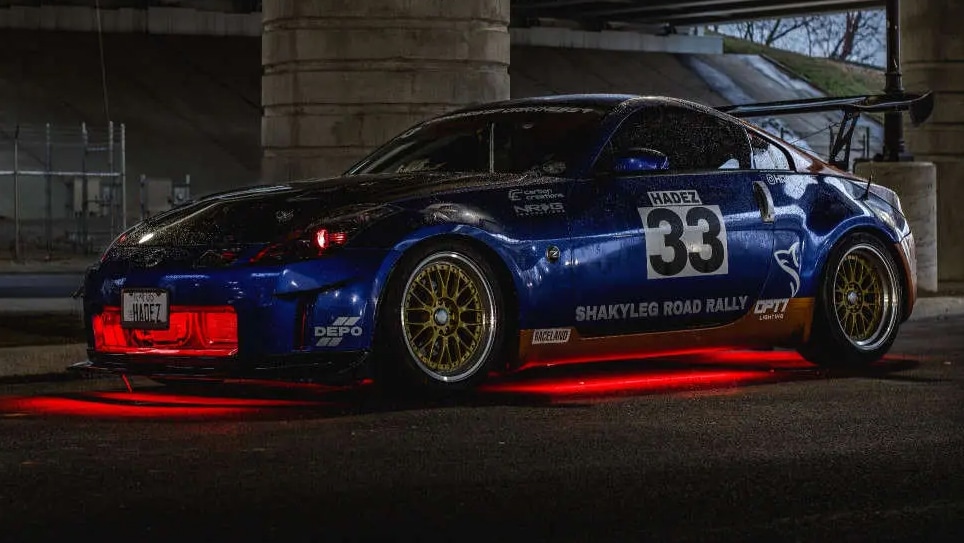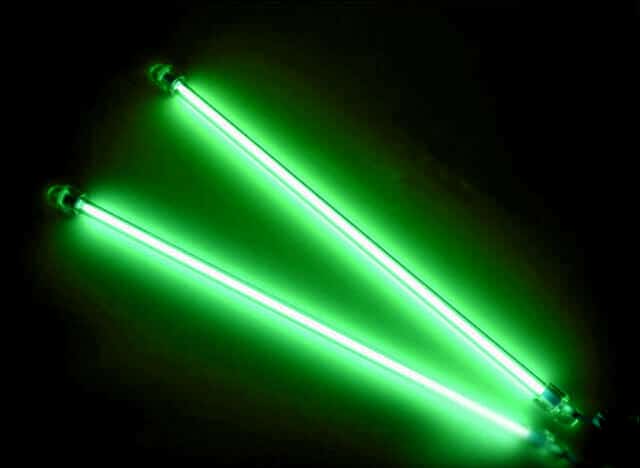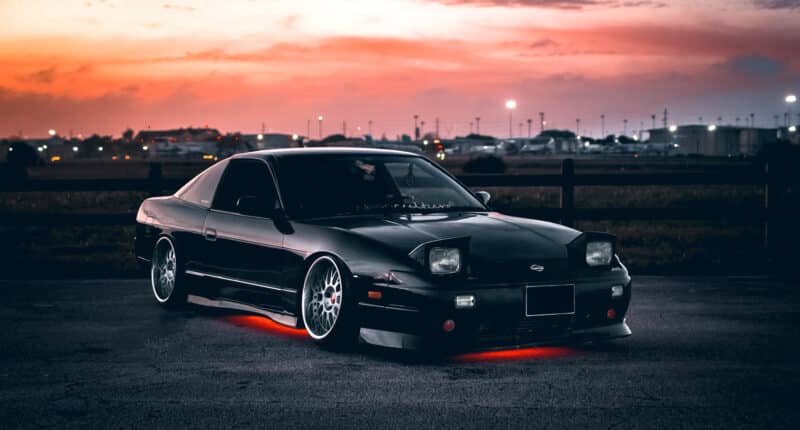Underglow lights are usually referred to as neon lights, but they can be LED or non-standard neon lights. They are fitted under the vehicle’s body, whether it’s a car, motorcycle or truck.
Car owners like it for the look of it, but motorcycle owners consider this to be a safety feature as it makes their bikes more visible.
And so that it doesn’t become a safety hazard on the streets, there are lighting laws in the US that differ from state to state. You will find them listed under “lighting requirements” of the motor vehicle code or general traffic laws.
So, if your question is, “Is underglow legal in Montana?,” well, the answer is yes, whether it’s LED or neon. And that’s important because, in some states, the laws vary for both types.
In this article, we’ll discuss the legality of underglow lights in Montana, along with any relevant restrictions that you need to know about.
Montana Laws for Underglow Lights

These lighting codes for every state are specified for different forms, colors and types to ensure that your accent lighting is not an inconvenience to others on the street.
In the state of Montana, not only is underglow lighting legal, but you are allowed to use both neon and LED lights.
The specifications are mentioned in Title 61 of the Montana Vehicle Code — chapter 9: Vehicle Equipment, under Part 2: Lighting Equipment and sub-section Additional Lighting Equipment, you will find all the relevant details.
Luckily for us all, there are clear and specific instructions about all kinds of lamps that you’re allowed to fix on your vehicle and this is what they say.
- Light type: Decorative lighting is allowed in Montana but there are some restrictions. You can’t have rotating, flashing or pulsating lights that are not considered “hazard lights” on any vehicle. Decorative lighting that didn’t come from the manufacturer is not permitted on the license plate.
- Size: There are no specifications on the size of the lamps, but there are restrictions on the colors, intensity, distance the lights are allowed to reach and sometimes the placement of these lights.
- Permitted colors: Blue lighting is allowed only for vehicles related to emergency services and law enforcement. Clearance and marker lamps mounted on the front or sides near the front of the vehicle must be or reflect an amber color. The same is true for reflectors matching that description.
- Clearance and marker lamps on the rear or sides near the back of the vehicle should be in or reflect a red color. But there are some exceptions. Lights, stoplights and reflectors on signal devices, according to 61-9-218 and on the license plate, can’t be red.
- In fact, the light on your license plate has to be white. If it’s a motorcycle, red lights should not be visible from the front.
- Intensity: This part of the law is for any illuminating device on a motor vehicle that is not a headlamp, spot lamp, turn signal light, emergency vehicle warning lamp, school bus warning lamp or auxiliary lamp.
- The law states that if the beam intensity is more than 300 candlepower, the point of the highest intensity of that beam shouldn’t strike a vehicle that’s over 75 feet away from your motor vehicle.

There are a few other things to note.
- You’re allowed warning lamps as long as they are white or amber color.
- You can’t have more than two fender or side cowl lamps that emit a white or amber light without glare.
- You’re allowed only one running board courtesy lamp and it should also emit only white or amber light without glare.
- You can’t have more than two backup lamps individually or in addition to the other lamps on your vehicle. And none of them should be lit when you’re driving the vehicle forward.
Are Underglow Neon Lights Legal in Montana?
Montana allows LEDs and neon underglow lights, but they shouldn’t strobe or flash or rotate.
You can’t use blue lights since they are for law enforcement and emergency vehicles. The lights on your license plate should be white in color.
State of Montana Info

Situated in the Mountain West subregion of the U.S., Montana is popularly known for its various nicknames including Big Sky County, Land of the Shining Mountains, The Last Best Place and the Treasure State.
The state’s economy is predominantly agriculture based, which includes cereal grain farming and ranching. Tourism is one of the other important industries in the state.
Montana is home to various attractions such as Yellowstone National Park, Glacier National Park, the National Museum and the Little Bighorn Battlefield, which attract millions of tourists every year.
Population: 1.14 million
Capital: Helena
Registered vehicles: 925,854
Total lane miles: 150,446
Number of highways: 5
Underglow Light Law Reference: Montana Legislature Title 61

